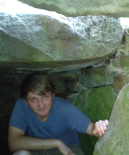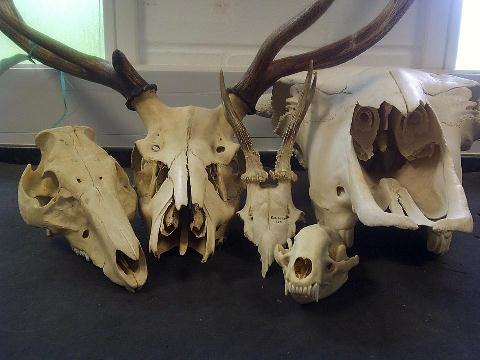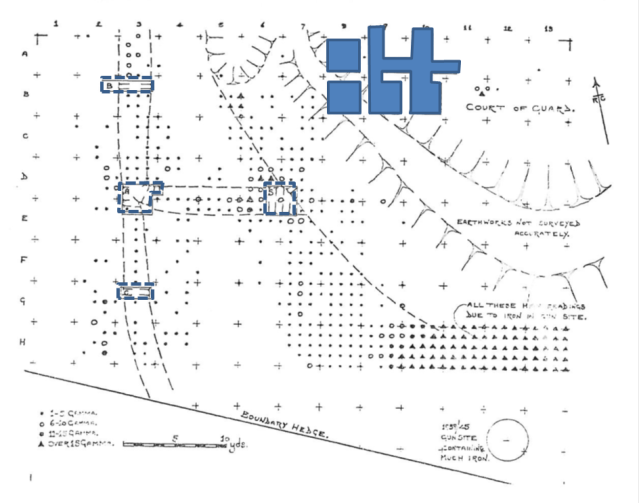
Guest Blog: Will Heard – Spring 2013 Survey Results Part 2
Last week we published a guest post from Will Heard, as a summary of the Spring Survey that the University of Southampton students carried out this April-May. Here is Will’s second and final blog post about the survey results.
Will Heard
Thanks again to Will!
—
Basing House Spring Survey Part 2
by Will Heard, 2013
Will is a third year undergraduate student, with interests in survey, geophysics and the use of computers for archaeological purposes.
Continue reading →








